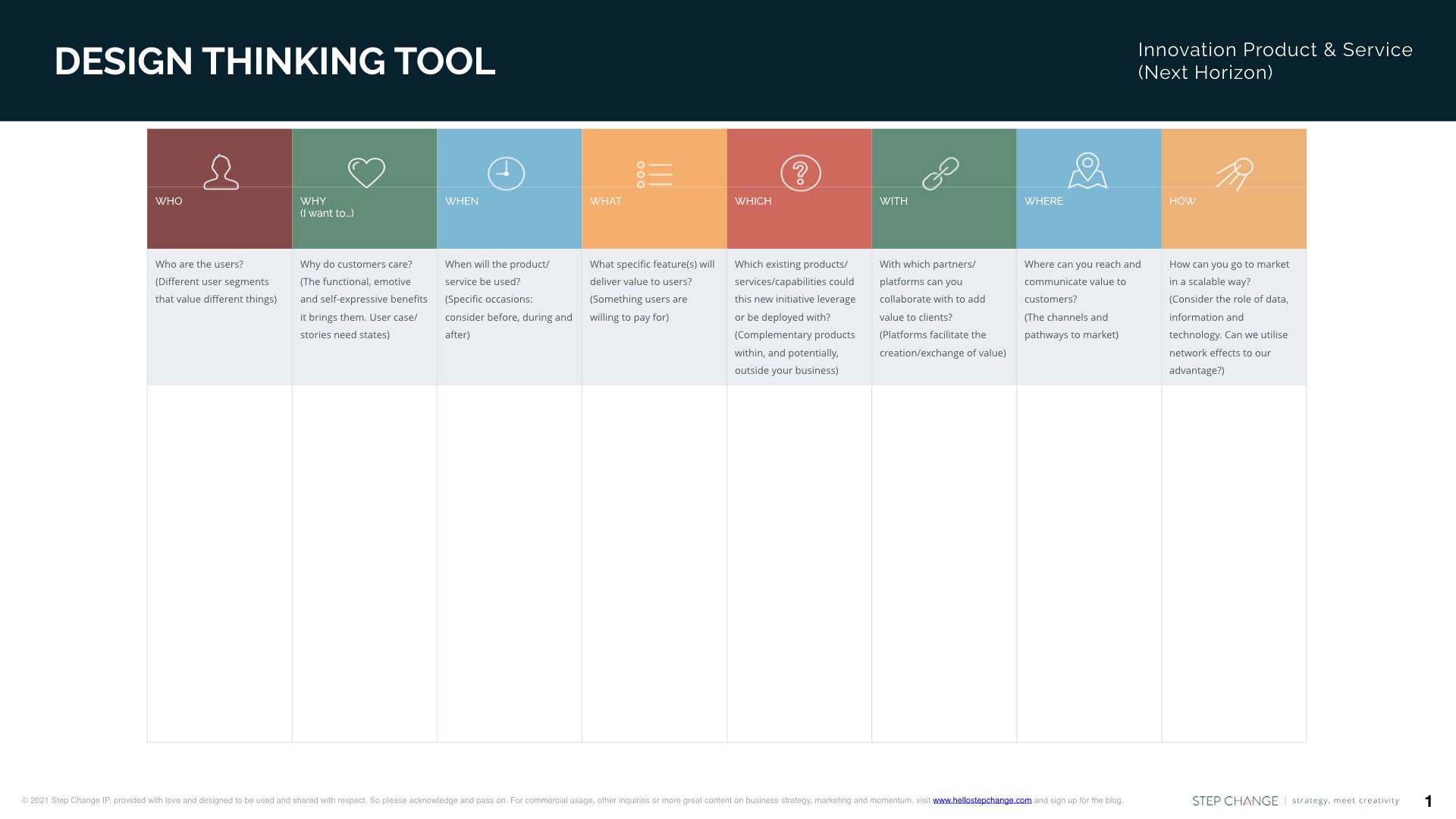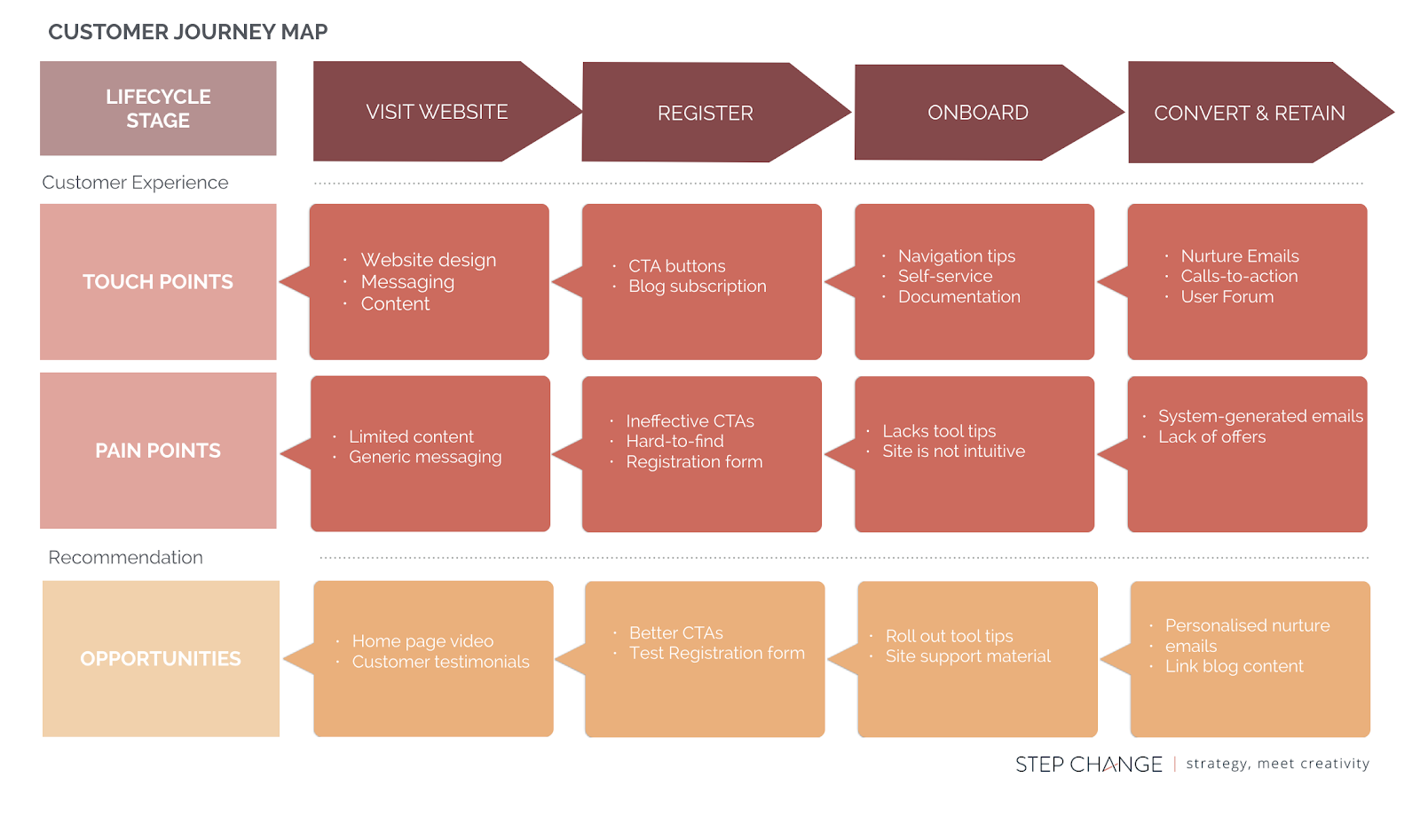Meeting a customer need is the baseline. It keeps you in the game — but it won’t guarantee you win it.
You can deliver exactly what you promised and still see customers drift away. Not because you’re doing anything wrong, but because there are other, quieter needs shaping their decisions and they’re going unmet.
And here’s the kicker: more than 90% of unhappy customers never complain. They don’t tell you what’s missing. They just leave, often for a competitor who spotted the gap first.
That’s the silent churn — the invisible drain on revenue and loyalty. If you want to stay ahead, you need to look past the obvious needs you’re already meeting and spot the opportunities your competitors haven’t.
Here’s how to find them.
Insight: Many established businesses miss growth opportunities hiding in plain sight — unmet customer needs in their niche that competitors are failing to address.
Data: Poor customer experiences cost businesses up to $3.8 trillion globally. (Decisions Studio)
What’s the step change: Learn where competitors are dropping the ball, and create add-ons, services, or experiences that customers didn’t even realise they were missing… until you delivered them.
Watch: Let Step Change CEO Ashton Bishop show you how to spot and act on unmet customer needs.
1. Examine Disruption Factors
How do you prepare for the unpredictable? Many organisations don’t. They lack a game plan for navigating an evolving business landscape — and right now, that landscape is shifting fast.
Today’s disruptions look like:
- Customers taking control of their experiences
- The democratisation of knowledge
- The rise of entrepreneurs and solopreneurs
- Increased compliance burdens
The brands that have grown despite these shifts are those that built direct, meaningful relationships with their customers. Whether you’re refining your customer-centric approach or boosting engagement, the value lies in putting customer needs first.
But before you can act, you need to understand exactly what disruption looks like in your business — so you can design the right solutions.
Related: 3 Ways To Prepare Your Business For Disruption
2. Adopt Lean Principles
The Lean approach is simple: maximise the value customers are willing to pay for and eliminate waste.
Its four core enablers are:
- Jidoka – Make errors visible so they can be fixed fast.
- Gensu Genbutsu – Go to the source of the problem and solve it systemically.
- Muda – Eliminate all forms of waste.
- Kaizen – Commit to continuous improvement.
Start with the 5 Steps of Experimental Kaizen:
- Smart hypothesis – Define what you believe to be true.
- Data-driven benchmarking – Set clear expectations and measure along the way.
- Test by building – Move beyond theory and gather real-world responses.
- Measure – Capture both qualitative and quantitative data.
- Reflect – Validate or challenge your hypothesis, then adjust.
Unmet needs often signal wasted interactions and opportunities. Lean principles help you identify those gaps — and turn them into better experiences and products.
3. Map Your Customer Journey
If you’re unsure where to start, begin with your customer’s struggles. Identify pain points by mapping their journey — every touchpoint from first interaction to loyal repeat purchase.
A clear journey map helps you:
- Spot bottlenecks that kill conversions
- Pinpoint drop-off moments
- Understand where engagement drops or confusion creeps in
Once you know where customers are getting stuck — and how to fix it — you’re far more likely to turn interest into loyalty.
4. Use Existing Customer Data
You don’t need to look far to uncover unmet needs — your own data is a goldmine. Analyse your existing support records, sales notes, and customer interactions.
Look for:
- Triggers – How does the change fit into their lives? When and where are they thinking about it?
- Pain Points – What frustrates them? What do they dread doing?
- Drivers – What motivates their decisions?
- Barriers – What fears or misconceptions hold them back?
Dig into call logs, chat histories, reviews, surveys, and social media. Customers are already telling you what they want — you just need to capture it.
5. Listen to the Voice of the Customer (VoC)

The most reliable way to understand your customers? Ask them.
Voice of the Customer programs and surveys give you real-time feedback on what’s working, what’s not, and what’s missing. They can help you:
- Improve existing services for higher satisfaction
- Spot emerging trends before competitors
- Validate whether a new product will land well
Questions to ask include:
- What’s the biggest issue with [product/service]?
- How satisfied are you with our service?
- How could we do things differently?
- What products or features would you like to see next?
Pair VoC insights with tools like the Design Thinking framework to anticipate, design, and scale solutions your customers will value.
6. Perform Competitive Analysis
Staying relevant means knowing what your competitors are offering — and where they’re falling short.
Competition isn’t just businesses selling the same product. It’s also new market entrants, trends, and innovations that could reshape expectations overnight. We use a framework called Clear Opportunity Question Set to get the ball rolling.
Identify opportunities by asking:
- Which needs are competitors failing to meet?
- What features are missing in the market?
- Are there underserved segments you can target?
If your idea passes the quality test — it’s relevant, differentiated, and worth paying for — you have an opening. Use it.
Tying It Together
Listening to your customers and watching for unmet needs will reveal opportunities no market report can. The best innovations come from paying close attention to the problems customers can’t articulate — yet.
Unmet needs are more than gaps; they’re levers for differentiation in crowded markets. Find them, act on them, and you’ll position your business exactly where customers are looking.
MARKETING THAT DELIVERS FROM THE TOP LINE TO THE BOTTOM LINE
This is just the beginning. Get access to 50+ tools and tactics across strategy, conversion, execution, and optimisation with Complete Step Change.










